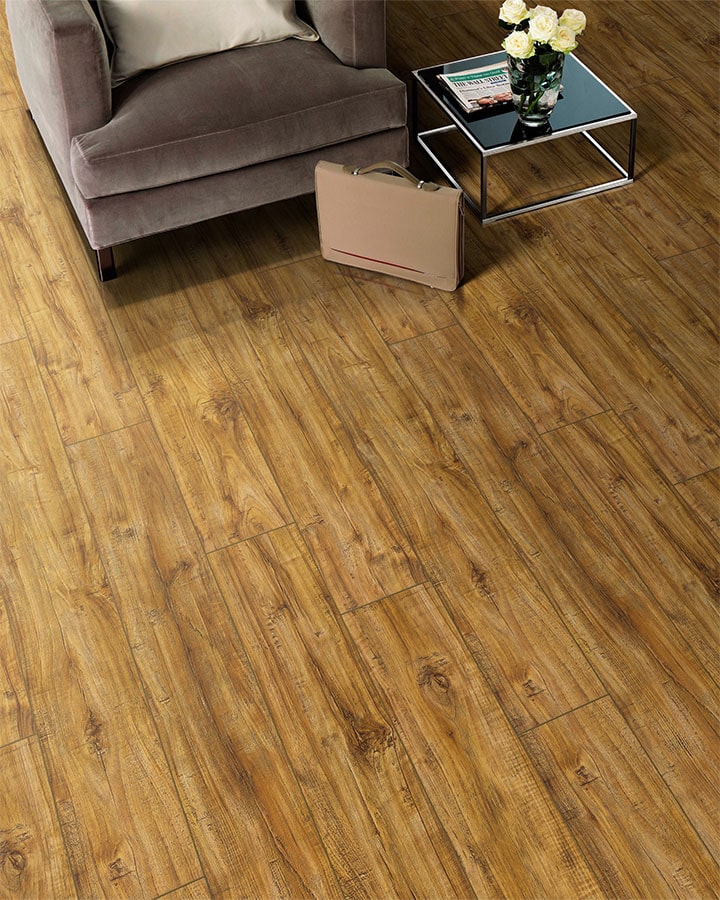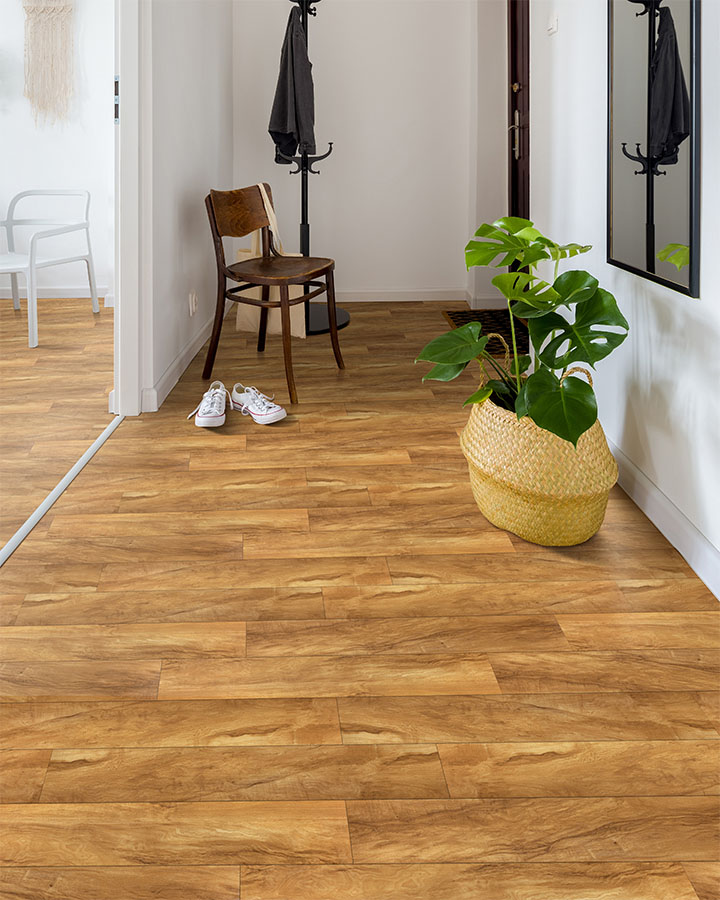Laminate flooring is a popular choice among homeowners due to its numerous benefits and attractive appearance. For environmentally conscious individuals, selecting a flooring material that has minimal impact on the planet is a top priority. This article explores whether laminate flooring is an eco-friendly option.
Laminate flooring has gained popularity thanks to its water resistance, easy maintenance, stylish look, and excellent insulation properties. Given growing concerns about environmental issues, many people are seeking building materials that have a smaller environmental footprint. Laminate flooring is primarily made from wood by-products, such as MDF and HDF, making it a natural and sustainable choice. Let's delve into the specific reasons why laminate flooring is considered eco-friendly.
- Renewable and Recyclable: One of the most significant advantages of laminate flooring is its recyclability. The primary component, wood, is a renewable resource that can be recycled and repurposed into other products. This ensures that laminate flooring has a minimal environmental impact throughout its lifecycle.
- Preserves Natural Resources: Instead of harvesting trees directly, laminate flooring is manufactured using wood scraps and sawdust generated from other wood-based products. This reduces the demand for virgin timber and helps protect forests.
- Eco-Friendly Installation: Unlike many other flooring materials that require harmful adhesives, laminate flooring is installed using a click-together system. This eliminates the need for chemical-laden adhesives, making the installation process environmentally friendly.
- Low Formaldehyde Content: While formaldehyde is a natural component of wood, the amount present in laminate flooring is minimal and poses no significant health or environmental risks.
- Reduces Environmental Pollution: By using recycled materials and minimizing waste, laminate flooring contributes to a cleaner environment.
- Energy Efficient Production: The manufacturing and installation processes for laminate flooring are relatively energy-efficient, resulting in lower greenhouse gas emissions.
- Durability and Longevity: High-quality laminate flooring is designed to last for many years, reducing the need for frequent replacements. This extends the product's lifespan and minimizes waste.
- Reusability: Laminate flooring can be easily removed and reinstalled in a new location, further reducing waste and conserving resources.
In conclusion, laminate flooring offers a sustainable and environmentally friendly option for homeowners who prioritize eco-consciousness. Its renewable materials, efficient production, and durability make it a popular choice for those seeking to minimize their environmental impact."












